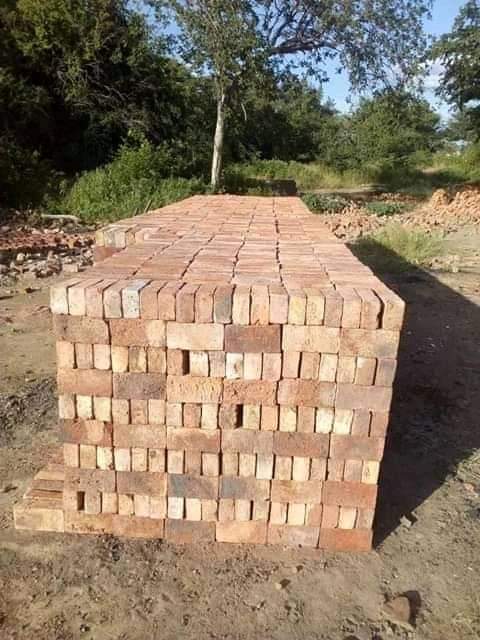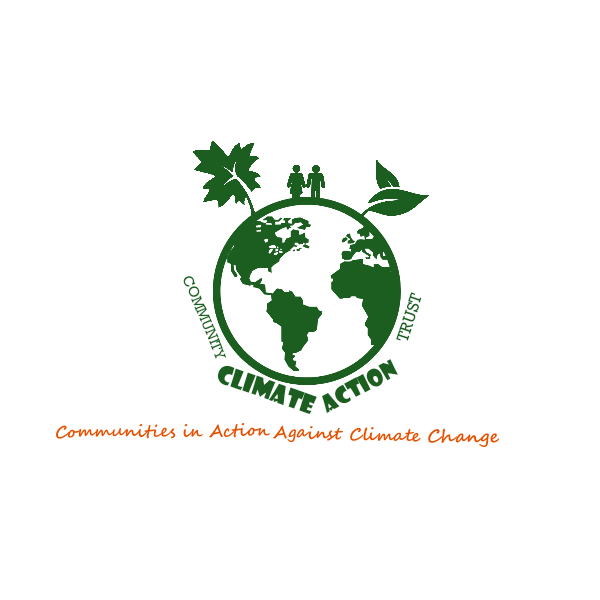
By Eric Morgen Moyo
When you go for a drone or a chopper ride and embark on a sightseeing mission of Hwange in Zimbabwe, you’ll be able to see a world of differences in a small geographical area. At some spots you’ll be mesmerised by the beautiful vegetation and abundant fauna roaming around, while at some spots you’ll be put off by the sight of environmental degradation caused by coal-mining. Hwange is a perfect example of a land of two parallels existing in the same place and out of touch with each other. In Hwange, use of coal as a fossil fuel for Zimbabwe’s electricity generation is huge, while on another seemingly parallel universe is the rich fauna surviving in Hwange National Park & surrounding areas. How such two antagonistic industries had to set root in this often sleepy town of Hwange, is a question of whether environmentally degrading industries can be effectively counteracted by proximal environmental action to preserve our fauna and maintain improved livelihoods.
When CCAT asked about the importance of the two parallel industries (viz the Hwange Thermal Power Station which uses coal & is the biggest electricity power plant in Zimbabwe, and the Hwange National Park which is one of Africa’s biggest animal conservancy), relatively similar responses were received from the Hwange residents, with the majority all agreeing that both industries are very important to the national economy. However, when asked about which of the two industries is more important than the other, mixed responses were received from the residents, with a significant number highlighting the problems associated with both industries. The recent history of the Hwange Colliery Company has been mired by challenges and abusive working conditions for workers, ranging from low wages, hazardous working environment, and lack of benefits, amongst other problems. Hwange Colliery Company Limited is the company which delivers the coal to the Thermal Power Station. Regarding the Hwange National Park, residents were of a view that it is very beneficial to the local community by bringing tourists, but that there is a huge need to resolve animal-to-human conflicts where stray wild animals attack humans and livestock.
Amidst all this antagonistic existence in Hwange is one grassroots industry that has emerged and seeks to undo the environmental degradation caused by the coal mining industry. This industry is an initiative led by one young Allan Twalumba Sibanda, hence its name- Twalumba Brick Moulding. Simply described, Twalumba Brick Moulding makes bricks from coal waste which can be found around Hwange, and one of its missions is to minimise pollution while improving livelihoods. One of the driving goals for this initiative is fulfilling the Sustainable Development Goal 12 which speaks of Responsible consumption and production. Also, by getting to know more about this youth-led initiative, it is clear to see that it contributes greatly towards the achievement of other SDGs which include; SDG 1- No Poverty , SDG2- Zero Hunger, SDG 9- Industry, innovation & Infrastructure, and SDG 13 Climate Action.

Such initiatives led by young people are always a gleam of hope towards addressing the climate crisis caused by man-made environmental degradation. The need for adoption of cleaner energy sources is paramount now than ever before. Fossil fuels have no future in a greener world that is free from destructive climate change.
To Allan we say, ‘Twalumba’ for the great work your team is doing.
To the reader; ‘Twalumba’ means ‘Thank You!’.
If you have a Climate Action or Environmental conservation story you want to share, or know of any such local hero reach out at the following details below:
Email: ccatrust.org@gmail.com
Phone: +263 784105844
Twitter: @cca_trust or Facebook: @climateactioncommunity

